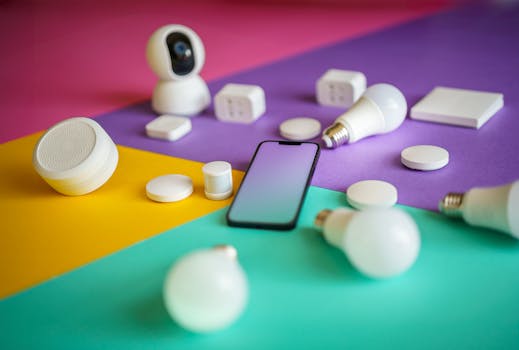
Smart Connectivity: The Role of IoT in Modern Communication is a rapidly growing field that is transforming the way we communicate and interact with each other. The Internet of Things (IoT) is a network of physical devices, vehicles, home appliances, and other items that are embedded with sensors, software, and connectivity, allowing them to collect and exchange data. In the context of modern communication, IoT plays a vital role in enabling smart connectivity across various devices and platforms.
The concept of smart connectivity is based on the idea of creating a seamless and integrated communication experience across different devices, networks, and applications. IoT devices, such as smart home devices, wearables, and mobile devices, are connected to the internet and can communicate with each other in real-time, enabling a wide range of applications and services. For instance, smart home devices can be controlled remotely using a mobile app, and wearable devices can track a person’s health and fitness metrics and send notifications to their mobile device.
One of the key benefits of smart connectivity is that it enables real-time communication and data exchange between devices and applications. This allows for more efficient and effective communication, as well as improved decision-making and problem-solving. For example, in a smart city, IoT sensors can monitor traffic flow, energy consumption, and waste management, and send real-time data to city officials, enabling them to make informed decisions and respond quickly to emergencies.
Another significant advantage of smart connectivity is that it enables the creation of new business models and revenue streams. Companies can develop new services and applications that leverage IoT data and connectivity, such as predictive maintenance, smart energy management, and personalized healthcare. Additionally, smart connectivity can enable new forms of innovation, such as the development of smart cities, smart homes, and smart industries.
However, smart connectivity also raises several challenges and concerns, such as data security and privacy, interoperability, and scalability. As IoT devices become increasingly connected, there is a growing risk of data breaches and cyber attacks, which can compromise personal and sensitive information. Moreover, the lack of standardization and interoperability between different IoT devices and platforms can hinder the development of seamless and integrated communication experiences.
In conclusion, Smart Connectivity: The Role of IoT in Modern Communication is a complex and rapidly evolving field that holds great promise for transforming the way we communicate and interact with each other. While there are several benefits and advantages to smart connectivity, there are also significant challenges and concerns that need to be addressed. As the IoT continues to grow and expand, it is essential to prioritize data security and privacy, interoperability, and scalability, in order to enable the creation of seamless and integrated communication experiences that benefit individuals, businesses, and society as a whole.